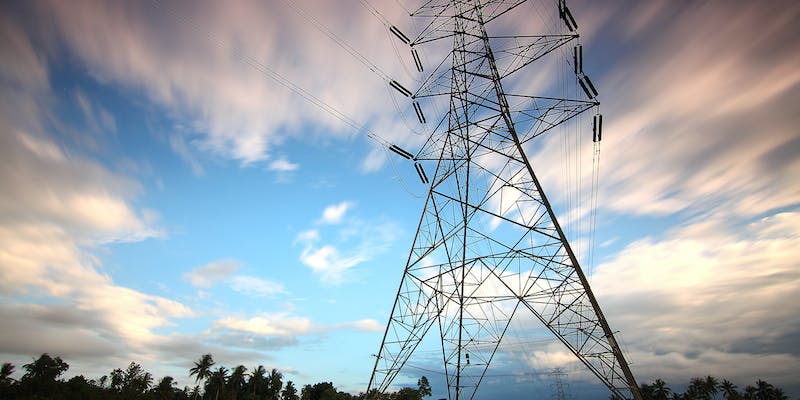The demand for electricity from data centers, cryptocurrencies, and artificial intelligence is set to soar in the coming years, potentially more than doubling and rivaling the power needs of entire countries. This article explores the projected growth in global electricity demand, particularly in data centers. It uses the case of Ireland as an example and discusses the strategies in place to meet this escalating demand.
Rising Electricity Demand in Data Centers
The unprecedented surge in global electricity demand is largely attributed to the exponential growth of data centers, cryptocurrencies, and artificial intelligence. The International Energy Agency (IEA) estimates that, within the next three years, this demand could more than double, reaching levels comparable to Germany’s total energy consumption.
The Case of Ireland
Ireland has become a hotspot for data center development, leading to a significant increase in electricity demand. According to the IEA, the country’s data centers are projected to consume 32% of Ireland’s total electricity by 2026, compared to 17% in 2022. This rapid growth poses challenges and opportunities for Ireland’s energy infrastructure.
Overall Global Electricity Demand Forecast
The IEA’s report indicates that worldwide electricity demand is set to grow by 3.4% until 2026. The driving forces behind this increase include technological advancements, growing populations, and industrial development in emerging economies.
Renewable Energy and Nuclear Power
To meet the surging electricity demand, the world is looking towards renewable energy sources such as wind, solar, and hydro, as well as nuclear power. These sustainable options are expected to supply the necessary energy, providing a significant boost to global electricity production in the years to come.
Increasing Role of Low-Emissions Sources
A positive trend emerging in the energy sector is the increasing proportion of low-emissions sources in electricity generation. The IEA predicts that by 2026, nearly half of the world’s electricity generation will come from low-emissions options, surpassing the previous contribution of 40% in 2023.
Role of Electric Vehicles and Heat Pumps
In the quest for emission reduction, the adoption of electric vehicles (EVs) and heat pumps is gaining momentum. Europe is expected to contribute significantly to emissions reduction, with nine million battery EVs and 11 million heat pumps estimated to be in use by 2026. These initiatives further drive the transition to clean energy.
The Carbon Footprint of the Power Sector
The power sector currently stands as the foremost emitter of carbon dioxide, accounting for more emissions than any other sector of the world economy. Consequently, the urgent need to address this critical issue is underscored, calling for substantial shifts towards cleaner energy alternatives.
Renewable and Nuclear Growth to Meet Increase in Demand
The growth rate of renewables, coupled with the expansion of nuclear power, is projected to match the global increase in electricity demand over the next three years. This alignment between growing demand and sustainable energy sources brings hope for a more environmentally conscious future.
Emissions Reduction Projections
The global intensity of emissions from power generation is expected to decline by an average of about 3.5% annually through 2026. However, Europe, with more intense decarbonization efforts, is slated to achieve an impressive decline rate of 13% per year, paving the way for substantial reductions in carbon emissions.
The escalating global demand for electricity from data centers, cryptocurrencies, and artificial intelligence presents both challenges and opportunities. While the consumption rate is projected to more than double in the next three years, the energy industry is responding with a strong commitment to renewable energy and nuclear power. With low-emission sources expected to account for nearly half of the world’s electricity generation by 2026, alongside efforts to promote electric vehicles and heat pumps, there is hope for a sustainable and greener future. The crucial role of transitioning to cleaner energy sources is evident, as it not only meets the rising demand but also addresses the pressing issue of carbon emissions, ensuring a more sustainable world for future generations.

